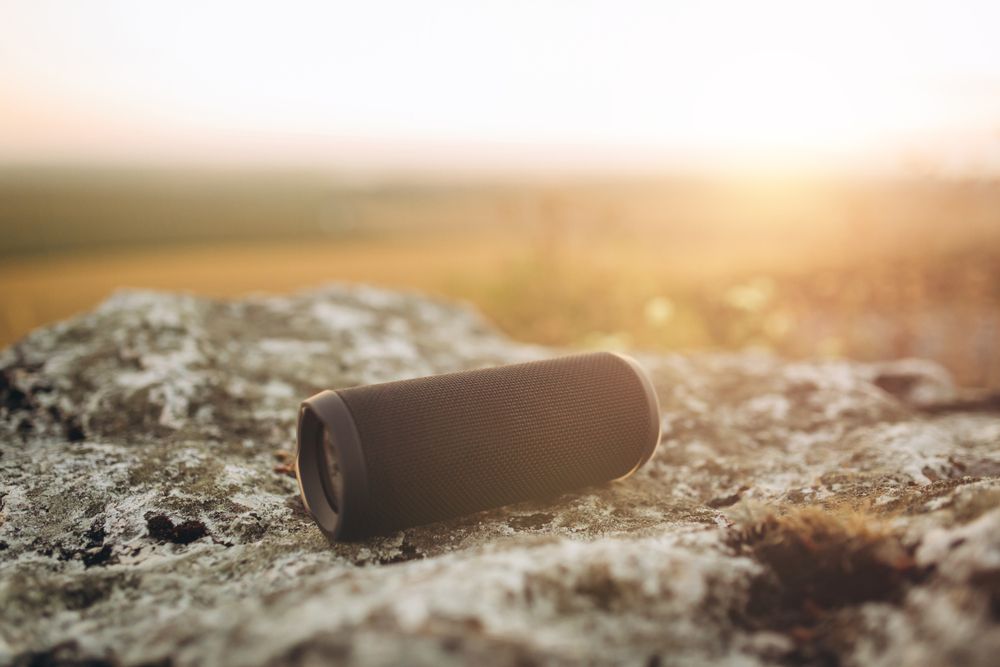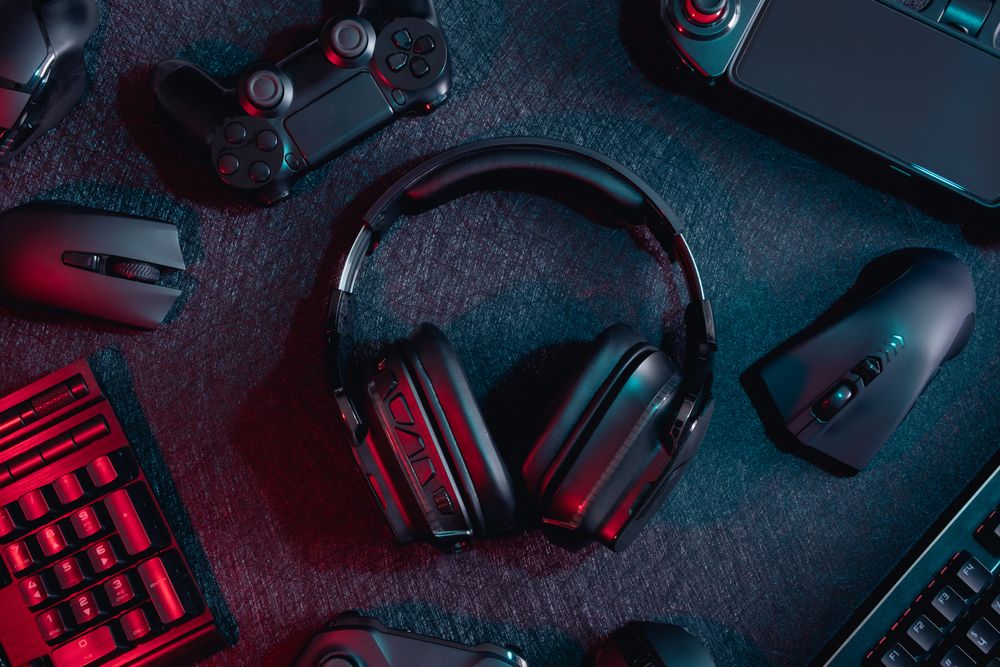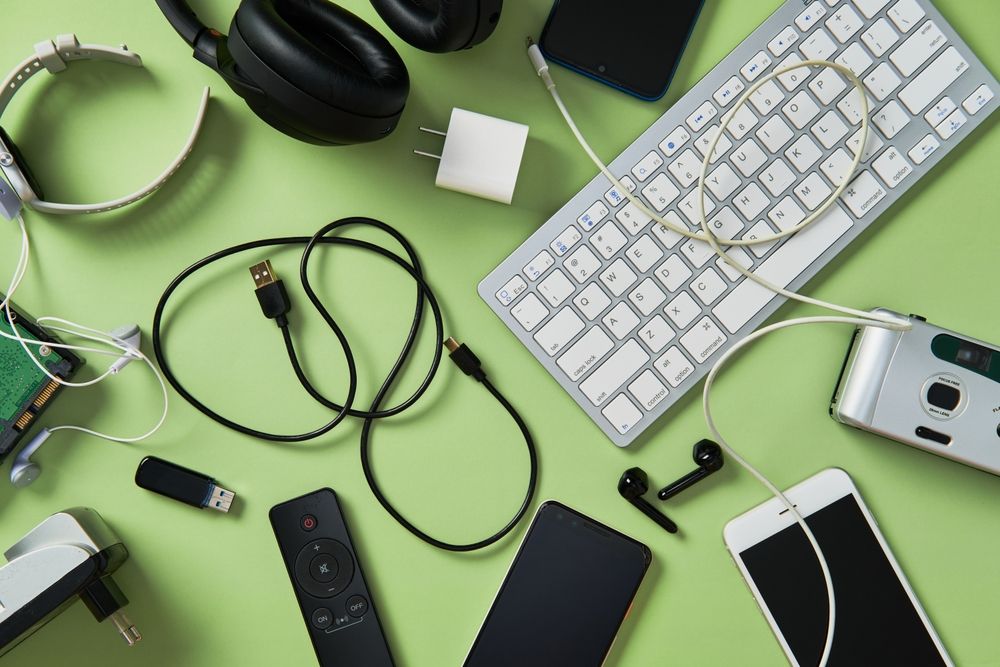Whether it’s a beach day, a backyard barbecue, or a camping trip deep in nature, having a reliable Bluetooth speaker can enhance the atmosphere with your favorite tunes. But outdoor settings are often harsher on electronics—dust, water splashes, unpredictable weather, and the need for longer battery life can all challenge a speaker’s performance. Finding the right outdoor-friendly device involves looking at more than just sound quality and Bluetooth connectivity. This guide explores the key factors to consider when buying a Bluetooth speaker for outdoor use, ensuring you pick one that’s both rugged and ready to rock your adventure soundtrack.
1. Durability and Weather Resistance
Why It Matters
Outdoors, accidents happen—your speaker might get exposed to water splashes, sand, or even the occasional drop. A model that isn’t built for these conditions could fail prematurely, leaving your party music in silent disappointment.
What to Look For
- IP Rating: The Ingress Protection (IP) rating tells you how well the speaker resists dust and water. For instance, IP67 indicates it’s dust-tight and can withstand immersion in water up to a certain depth for a limited time. IPX7 focuses on water resistance alone, ignoring dust.
- Shockproof/Drop Resistance: Many rugged models boast rubberized edges or armor-like casings to handle bumps or minor drops. If you plan on tossing the speaker into a backpack or using it in rough terrain, this feature is vital.
- Build Materials: Metal grilles can be sturdier than plastic, but well-designed plastics with robust rubber seals can also be highly durable.
Takeaway
For consistent outdoor play, look for at least IPX6 or IP67 to protect against dust and water. A sturdy shell and shock-absorbent design further safeguard it from the rigors of the outdoors.
2. Battery Life and Charging Options
Why It Matters
Outdoor adventures often mean you won’t have immediate access to outlets. A speaker dying halfway through a beach day or hiking excursion can spoil the fun. Adequate battery life is therefore crucial.
Key Considerations
- Battery Life Claims: Look for 10+ hours, though many modern models offer 12–20 hours or more. Remember real-world playtime might differ from marketing specs if you crank volume or use extra features.
- Charging Method: Most speakers charge via micro-USB, USB-C, or a proprietary adapter. USB-C can recharge faster and is more future-proof.
- Power Bank Feature: Some rugged speakers double as power banks, letting you charge your phone in a pinch—a handy feature if you’re off-grid.
Takeaway
Aim for a speaker that can last at least a full day’s outing, plus a little extra. If you’ll be gone multiple days, a higher-capacity battery or power bank function is invaluable.
3. Sound Quality and Volume
Why It Matters
Outdoor spaces lack the acoustics and enclosed environment that help sound carry well. Ensuring your speaker can project adequately without distortion at higher volumes is essential if you want to fill a patio, campsite, or small outdoor gathering with clear audio.
Factors in Sound Performance
- Wattage/Output: More watts generally means louder volume potential, but speaker design and driver quality also matter. A well-engineered 20W speaker can outperform a poorly designed 30W in clarity.
- Bass Response: Outdoors, bass dissipates quickly. Some dedicated outdoor speakers focus on enhanced low-end performance to maintain fullness in open air.
- Multiple Drivers: Speakers with separate tweeters and woofers often yield more balanced sound across frequencies.
- 360° Sound: Some cylindrical or multipoint speakers broadcast audio in all directions, useful if you’re placing it centrally among a group.
Takeaway
If you plan large gatherings or want to keep music audible in open air, pick a speaker known for robust volume and balanced sound. Reading reviews or testing it outdoors can confirm if it meets your expectations.

4. Portability and Size
Why It Matters
Outdoor usage often means you’ll be carrying the speaker around, whether hiking, biking, or strolling through parks. A huge, heavy speaker might deliver booming sound but could be impractical to lug around for hours.
Tips for Choosing the Right Size
- Assess Frequency of Movement: If you’re traveling light or hiking, a compact, lightweight speaker is more comfortable to carry.
- Volume vs. Weight Trade-Off: Larger speakers typically produce richer sound, especially for bass. For casual outings, a mid-sized speaker might suffice.
- Shape and Carrying Options: Some have built-in handles or straps for easier transport; others are shaped to fit cup holders or water-bottle holders.
Takeaway
A truly portable speaker is the one you’ll actually bring along. Strike a balance between portability and sound output. If you need robust audio for bigger gatherings, you might accept a bit more weight.
5. Connectivity and Range
Why It Matters
While most rely on Bluetooth, the specific version (e.g., Bluetooth 5.0) can influence range and battery efficiency. Additional connectivity—like an AUX input or multi-speaker pairing—can be handy if you want extra flexibility or plan to link multiple speakers.
Connectivity Features
- Bluetooth Version: Later versions (e.g., 5.0 or 5.2) often improve wireless range and power efficiency.
- AUX Input: Allows direct wired connection—handy if your phone battery is low or if you want stable playback.
- Multi-Speaker Pairing: Some brands let you link multiple units for stereo or amplified sound—excellent for bigger outdoor parties.
- Voice Assistants: Some models offer built-in support for Google Assistant, Alexa, or Siri, though you’ll need a data connection.
Takeaway
If your phone rarely strays far from the speaker, a standard 30-foot range might suffice. For larger spaces, check if advanced Bluetooth versions deliver stronger signals. Multi-speaker pairing is a fun feature if you enjoy hooking up with friends’ speakers for a combined audio experience.
6. Additional Features and Saving Money
Why It Matters
Premium outdoor speakers can climb in price if loaded with advanced features—like LED lights, companion apps, or waterproof charging ports. Decide which extras are worthwhile versus what you can skip.
Additional Features
- LED Lights: Some speakers feature party-like lighting that syncs to music—fun but potentially draining battery faster.
- App Integration: Might let you adjust EQ, firmware updates, or multi-speaker pairing easily.
- Built-In Microphone: Allows for speakerphone calls, though you might not need this outdoors.
- Mounting Options: Carabiner loops or mounting threads can be beneficial if you plan to attach the speaker to a bike or backpack.
Saving Tips
- Older Models: When new lines launch, older flagship models often see price drops but still deliver top performance.
- Refurbished: Buying certified refurbished can slice costs significantly—just check warranty and return policies.
- Sales and Bundles: Holiday sales or brand deals can discount entire lineups. Check around prime shopping seasons.
Takeaway
If budget is your priority, focus on must-haves (battery life, at least IPX6 water resistance, decent sound). Consider optional features carefully—some can inflate cost without adding real value to your use case.
7. Test or Read User Reviews for Real-World Performance
Why It Matters
Specs are helpful, but real-world experiences can highlight reliability, battery life accuracy, and how well the speaker truly performs in the elements. For instance, does it distort at high volumes or does the battery not last as long as claimed at louder settings?
What to Look For
- User Feedback on Durability: Reports of units surviving drops or accidental submersion speak volumes about ruggedness.
- Sound Impressions: If multiple owners comment on strong bass or crisp vocals, that’s a good sign. If they note muddy mids or overly bright highs, you’ll know the speaker’s sound signature might not suit you.
- Support/Warranty: Reputable brands typically stand by their product with decent customer service. Checking how a company handles issues is part of the research.
Takeaway
Personal testing is ideal, but if it’s not possible, rely on detailed user or professional reviews focusing on outdoor scenarios—like they mention whether it could be drowned out at a busy picnic.
Finding the perfect Bluetooth speaker for outdoor adventures hinges on more than just branding. You’ll want a device robust enough to withstand drips, dust, or bumps, with a battery long enough to last through your typical outing. Consider the environment and group size—if you frequently host larger get-togethers, ensure it can reach adequate volume without distorting. Meanwhile, portability counts heavily if you plan to carry the speaker around on hikes.
Evaluate IP ratings (like IP67) for water/dust resistance, confirm battery specs to match your usage, and look for brand reputations that promise consistent performance. Don’t dismiss smaller or mid-range brands—some offer strong value. If advanced features like multi-speaker pairing or app-based EQ are important, be prepared to pay a bit more. With thorough research (or a short test, if possible) and clarity on your must-have features, you’ll discover a Bluetooth speaker that seamlessly amplifies your outdoor activities with clear, vibrant sound. Enjoy the beats and fresh air!





